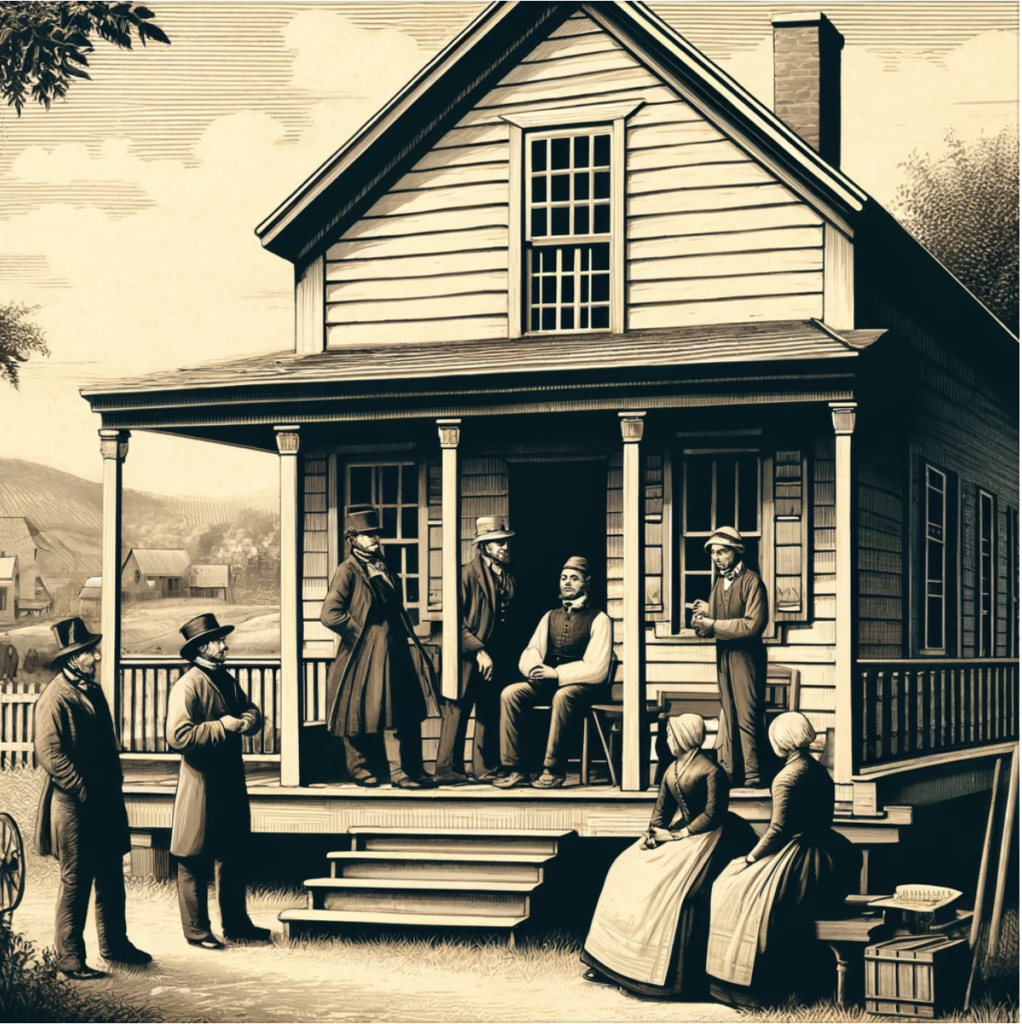
Overview
This module delves into the various controversies and theories surrounding the history of Palmyra, with a special focus on the Lost 116 pages and other contentious events. Students will explore how differing interpretations and controversies have shaped historical narratives and impacted public perception.
Objectives
- Understand the key controversies and debates that have marked Palmyra’s history, especially those related to the early Mormon community.
- Analyze different historical theories and interpretations regarding these controversies.
- Evaluate the impact of these controversies on the community and historical scholarship.
- Develop critical thinking skills by assessing the evidence and arguments presented in various historical disputes.
Lessons
Lesson 1: The Lost 116 Pages
- Topics Covered: Overview of the controversy surrounding the lost manuscript of the Book of Mormon, including theories about what they contained and the consequences of their loss.
- Activities: Debate session where students represent different theories about the lost pages and argue based on historical evidence.
Lesson 2: Joseph Smith’s Early Visions
- Topics Covered: Examination of differing views on the authenticity and interpretation of Joseph Smith’s early visions.
- Activities: Critical analysis of primary source documents, including personal writings of Smith and contemporary newspaper articles.
Lesson 3: Conflicts and Legal Issues in Palmyra
- Topics Covered: Analysis of the legal and social conflicts faced by Joseph Smith and the early Mormons, including land disputes, legal charges, and community backlash.
- Activities: Mock trial where students role-play various historical figures to explore these conflicts and their resolutions.
Lesson 4: Archaeological and Historical Evidence
- Topics Covered: Discussion of the archaeological findings (or lack thereof) in and around Palmyra related to early Mormon claims, including the debates over these findings.
- Activities: Investigation project where students examine archaeological reports and historical records to construct an evidence-based presentation.
Lesson 5: Modern Interpretations and Theories
- Topics Covered: How modern historians view the events in Palmyra, including recent research and changing perspectives.
- Activities: Panel discussion where groups of students present different historical interpretations and assess their impact on our understanding of Palmyra’s history.
Assessments
- Participation in debates, mock trials, and panel discussions.
- A research paper where students choose a controversy to investigate, providing a balanced view of the evidence and arguments.
- Presentation of investigation projects on archaeological and historical evidence.
Materials and Resources
- Access to a wide range of primary and secondary sources, including digital archives, legal documents, and contemporary accounts.
- Multimedia resources for understanding historical context and controversies.
- Tools for accessing recent historical and archaeological research.
Instructor Notes
- Encourage open-mindedness and respect for differing viewpoints in discussions and debates.
- Provide guidance on evaluating sources for reliability and bias.
- Emphasize the importance of evidence in constructing historical arguments.
This module aims to deepen students’ understanding of the complex nature of historical controversies, enhancing their ability to critically analyze and interpret historical events and narratives.
